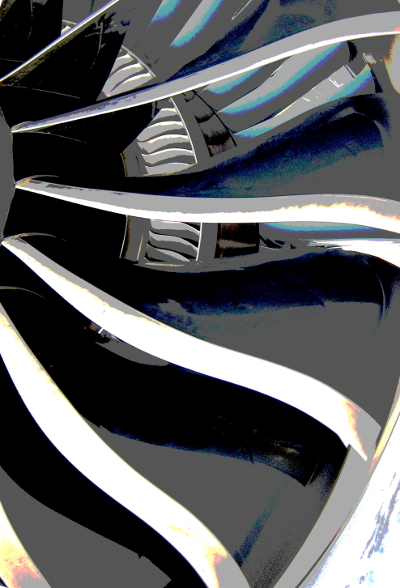Silver makes machines sense
 Researchers are working on ‘smart’ machine components that alert users when they are damaged or worn.
Researchers are working on ‘smart’ machine components that alert users when they are damaged or worn.
The devices are made with an advanced form of 3D printing called direct write technology.
Unlike conventional additive manufacturing, which uses lasers to fuse layers of fine metal powder into a solid object, direct write technology uses semisolid metal 'ink' that is extruded from a nozzle. The viscosity of the metal ink looks like toothpaste being squeezed from a tube.
This allows engineers to create fine lines of conductive silver filament that can be embedded into 3D printed machine components during construction.
The lines, which are capable of conducting electric current, act as wear sensors that can detect damage to the part.
Parallel lines of silver filament, each coupled with a tiny 3D-printed resistor, are embedded into a component. The interconnected lines form an electrical circuit when voltage is applied.
As lines are embedded deeper and deeper into a component from the surface, each new line and resistor are assigned an increasingly higher voltage value.
Any damage to the component, such as wear or abrasion caused by friction from moving parts, would cut into one or more of the lines, breaking the circuit at that stage. The more lines that are broken, the greater the damage.
Real time voltage readings allow engineers to assess potential damage and wear to a component without having to take an entire machine apart.
The team behind the project proposes a test case in which silver lines are embedded in the ceramic coating of a jet engine turbine fan blade.
These blades are subjected to tremendous physical forces and heat. A microscopic crack in the protective coating could potentially be catastrophic to the blade's performance, yet invisible to the naked eye.
With the embedded sensors, mechanics would be alerted to any blade damage promptly so it can be addressed.
The University of Connecticut team was able to embed sensor lines that were just 15 microns wide and 50 microns apart. That is much thinner than an average human hair, which is about 100 microns.







 Print
Print